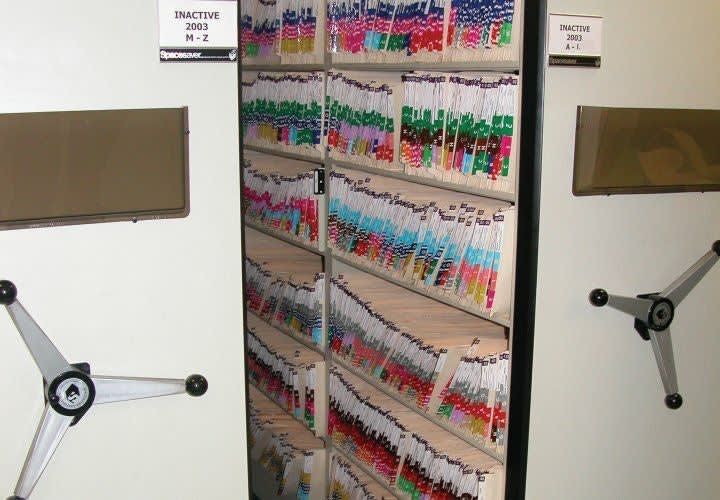But there are cases and then there are cases like the murder of Stacey Weinstein. Stacey Weinstein wasn’t some unfortunate smuggler caught in the crossfire of some drug family turf war. She was a nine-year-old girl. And nine-year-old girls shouldn’t get raped and shot to death in their beds. The Stacey Weinstein case wasn’t put on the back burner by the next random killing.
After a couple of weeks, the tenacity and determination of the homicide investigators paid off, and the killers of Stacey Weinstein were identified and arrested. It was a major coup for Miami-Dade Homicide, and it was also the beginning of Miami-Dade Homicide’s “Pending Case” unit. Later the unit was nicknamed the “Cold Case Squad” by a Miami Herald reporter.
“They knew they had to commit a group of detectives to the [Weinstein] case and work it until it was solved,” says retired Det. Greg Smith. “So they put together a few of us, and we did nothing but that case until we closed it. Then they decided to keep us together, and [they assigned us to] work some of the cases that the other teams just simply could not get the time to work because they were so busy.”
Establishing Guidelines
At first it was believed that the detectives of the “Pending Case Unit” would have to take a proactive approach: review cases together, find viable leads, prioritize, and hit the streets. But when the work of the “Cold Case Squad” was publicized, its detectives found themselves fielding letters from prison inmates, hunches from retired officers, leads from prosecutors, and requests from family members of victims.












